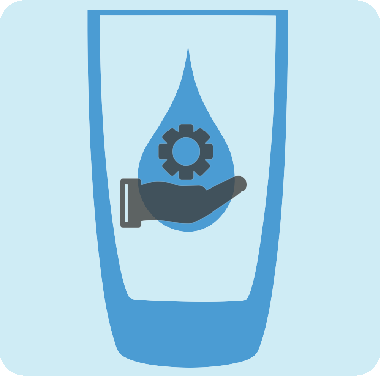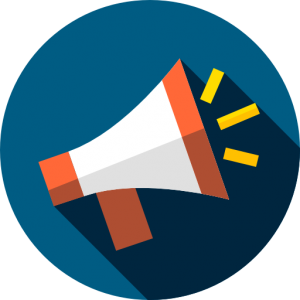Co-authored by Ashley Bleggi
At a recent conference, we asked utility managers and operators to tell us about their everyday communication challenges. Again and again, we heard that communicating with customers about the value of the service their utility provides was difficult, because too often, customers think about water as a good rather than a service. Customers see water all around them (even falling from the sky!), so it can be difficult for them to fully grasp the water cycle and all that goes into providing clean, safe, and reliable drinking water. To help overcome this challenge, we’ve put together some language to help utilities frame the value of the service that they provide in a simple (yet efficient) way.
Read on to see strategies and example language that your utility can use to communicate with the average customer who may not yet understand what they’re paying for through their water bill: Continue reading







